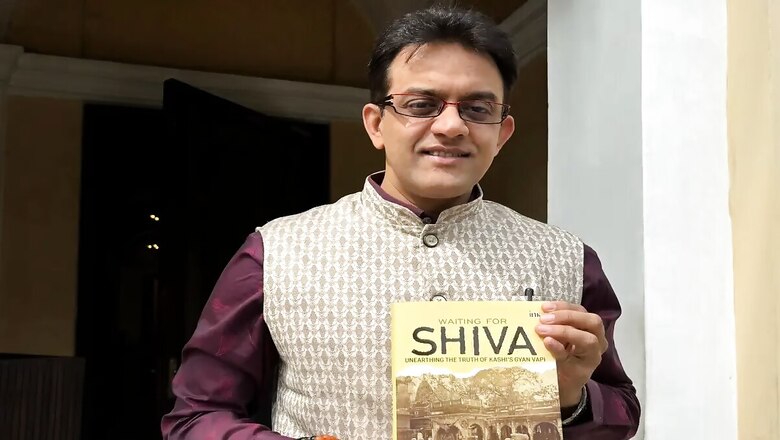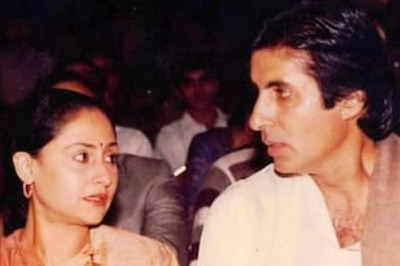
views
The “best solution” for the Gyanvapi row would be both the communities sitting together and settling the matter without the court’s intervention or mediation as there is “tons of evidence”, historian-author Vikram Sampath told News18 in an interview ahead of the release of his new book next week.
Sampath’s book is titled ‘Waiting For Shiva – Unearthing the Truth of Kashi’s Gyan Vapi’ and is being published by BluOne Ink. News18 spoke to Sampath on a day the Allahabad High Court upheld a lower court verdict allowing pooja (prayers) in the Vyas Tehkhana (southern cellar) of the Gyanvapi Mosque. “This is going to be a major milestone and an important step to the reclamation of the entire area,” Sampath said, citing how till 1993 worship was going on unabated not only at the Vyas Tehkhana but also in the western ruins of the temple. “It was only in 1993 that barricades were put up by the Mulayam Singh Yadav government, changing the character in the contravention of the Places of Worship Act.”
The author also said that the matter is stuck in courts but added that there is a “climate not only in political circles but also in civil society discourse that it is not a big deal to give up certain sites which are of paramount importance to India”. He said Babri Masjid and Gyanvapi Mosque were all symbols of invaders and barbarians. “Why should any group in India have any affinity to them? The structure is illegal…there are no property records to show that Gyanvapi is a Waqf property. As per Islamic law, to pray at a place that is encroached upon and taken over from somebody without their permission is haram; those prayers are not kubool (accepted) by the Almighty. Neither Aurangzeb nor his generations took any permission from the Hindus,” Sampath told News18.
The book highlights how the advocate commissioner survey of 2022 showed the “Shivalinga” was being defiled diurnally by people washing their dirty feet and mouths over it before their prayers. “This despite perhaps knowing what was inside the tank. What can be more humiliating and insulting to a fellow Indian and their faith? And the defiance to rubbish it all as fanciful myths and figments of imagination or disparage it by terming it as a fountain and not a linga certainly does no good for communal amity either. Schisms and unrest then become inevitable wounds of history,” Sampath says in the book. He retraces the long history of the disputed site, till the recent ASI survey report this January.
‘Mahatma Gandhi’s vision’
Sampath told News18 that in the larger interest of national unity and brotherhood, both communities need to sit together and if the matter could be settled without the court’s intervention or meditation, it could be the best solution. “But even now we see opposition despite the evidence being produced, and that does not augur well for the country. Expecting harmony and brotherhood is not a one-way street,” Sampath said.
He pointed out how Mahatma Gandhi after a visit to Kashi Vishwanath in 1916 asked why this very soul of India was in utter squalor and filth. “It was Gandhi’s vision that Hindu temples should be restored to their glory. KM Munshi and Sardar Patel were harbingers of the Somnath movement and Gandhi was in agreement with the proposal but Nehru was against Hindu revivalism. Claiming your Hindu identity should not be a threat to anybody,” Sampath said.
‘History should not repeat itself’
But will Gyanvapi then open the floodgates for other sites to be reclaimed as well? “Wherever evidence is staggering, or wherever the place is of paramount importance to a large number of people, I think the door should be open to peaceful reclamations,” Sampath said.
He said the Ayodhya case was fought for several years and the ultimate solution was that the mosque would be built on five acres of land elsewhere. “That could have been done long back instead of going through so much turmoil. So history should not repeat itself, we should sort it out in a peaceful manner,” he said.



















Comments
0 comment